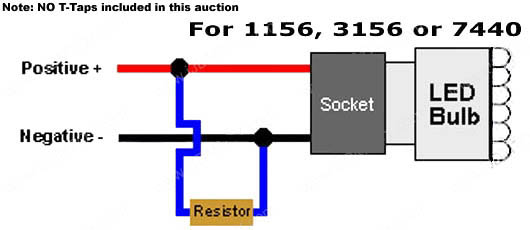I just changed my ’85 original turn signals on my Vmax to LED’s
The problem is that they don’t blink
I read that the problem is that I now need to fit a resistor in each turn signal side
Has anyone else had this problem?
If yes how did you fix it and what resistor/s did you use
Thanks
The problem is that they don’t blink
I read that the problem is that I now need to fit a resistor in each turn signal side
Has anyone else had this problem?
If yes how did you fix it and what resistor/s did you use
Thanks










